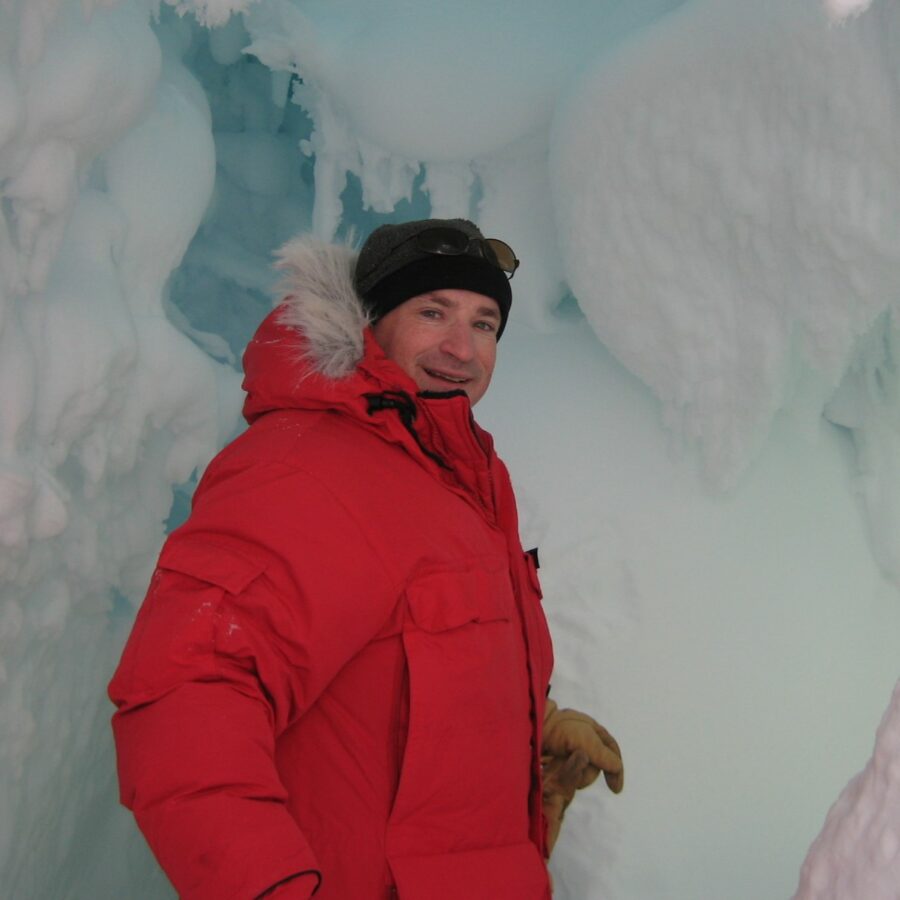Rita Aksenfeld | November 22, 2023
David Saltzberg, Professor of Physics and Astronomy at UCLA, won the prestigious Instrumentation Award from the American Physical Society Division of Particles and Fields for his decades of work with long-time collaborator Professor Peter Gorham from the University of Hawai’i proving the existence of the Askaryan effect and related processes. This effect describes how interactions between elementary particles “produce a radio signal that lasts only billionths of a second, but is so intense that it can be seen from hundreds of thousands of kilometers away.” This achievement paved the way for scientists to observe high energy neutrinos and cosmic rays releasing energy in the upper atmosphere or underground.
By better understanding high energy neutrinos and cosmic rays, scientists can learn important information about the early universe. This information teaches us about what the early universe was like and allows us to understand the world better. However, these particles are difficult to detect directly and hit earth very infrequently. This is where Saltzberg and Gorham’s work on the Askaryan effect came in. The predicted Askaryan effect stated that when these particles hit certain materials, they produce a signal that can be detected with radio waves. At the time, no one had been able to verify this prediction. Saltzberg believed that they could prove this theory and put it to use. “We started because the field was skeptical that the signal would be strong enough, or if it would exist at all, but we were confident since every necessary step was built on well-established physical principles.”
One of the biggest challenges the team faced was just how rarely these particles hit the Earth in the first place – only once per square kilometer per year! Saltzberg and Gorham took a unique approach to this challenge by using large deposits of materials such as ice and salt. “These particles hit the earth so rarely that one must use natural targets to observe them, such as Antarctic ice and giant underground salt domes in Texas and Louisiana.” Saltzberg and Gorham worked with the Argonne National Laboratory near Chicago and the Stanford Linear Accelerator Center National Accelerator Laboratory over two decades to prove the Askaryan effect.
“The results could not have been possible without the hard work and brilliance of so many junior scientists at our universities,” said Saltzberg. He also credits the senior scientists who made the electron beams and experimental halls for making the experiments at the national laboratories possible.
Saltzberg and Gorham received the award at an international conference last week at Stanford Linear Accelerator Center National Laboratory. For more information about Saltzberg’s work, please visit his website.
 Prof. David Saltzberg in Antarctica, where the team deployed the experiment recognized by this award.
Prof. David Saltzberg in Antarctica, where the team deployed the experiment recognized by this award.